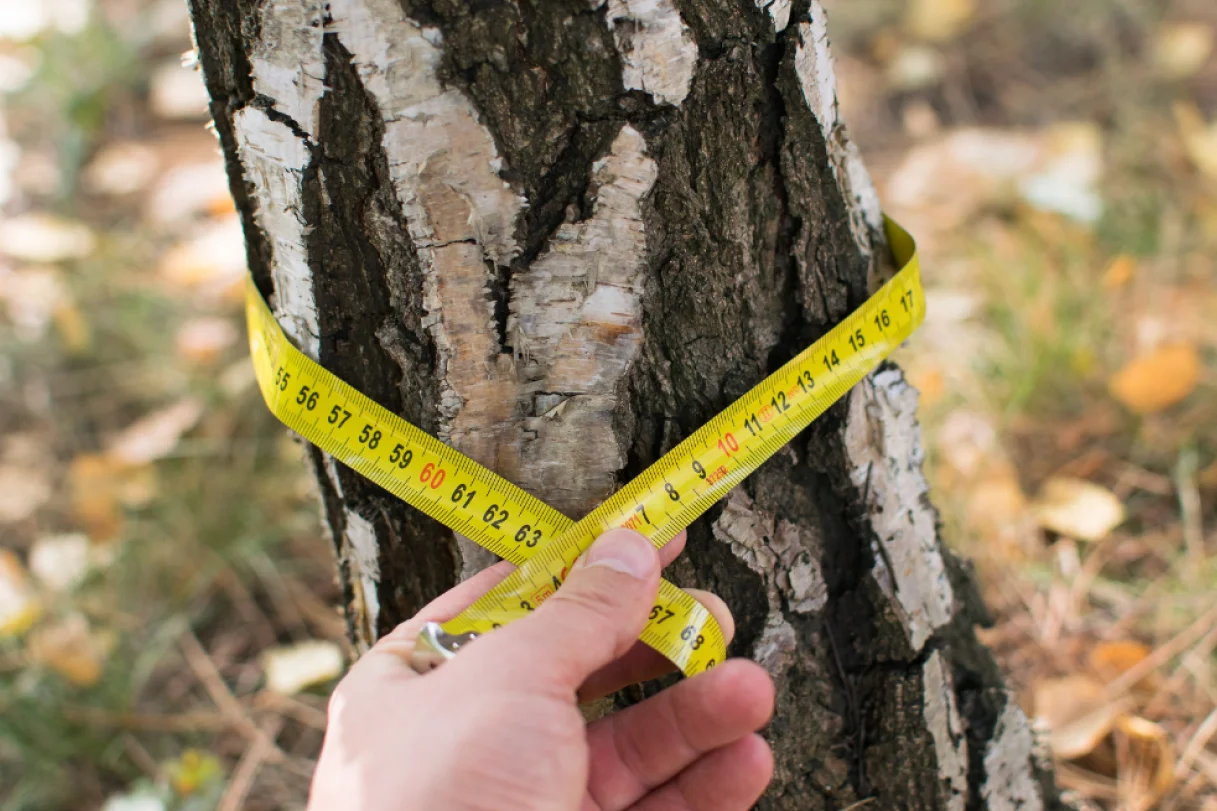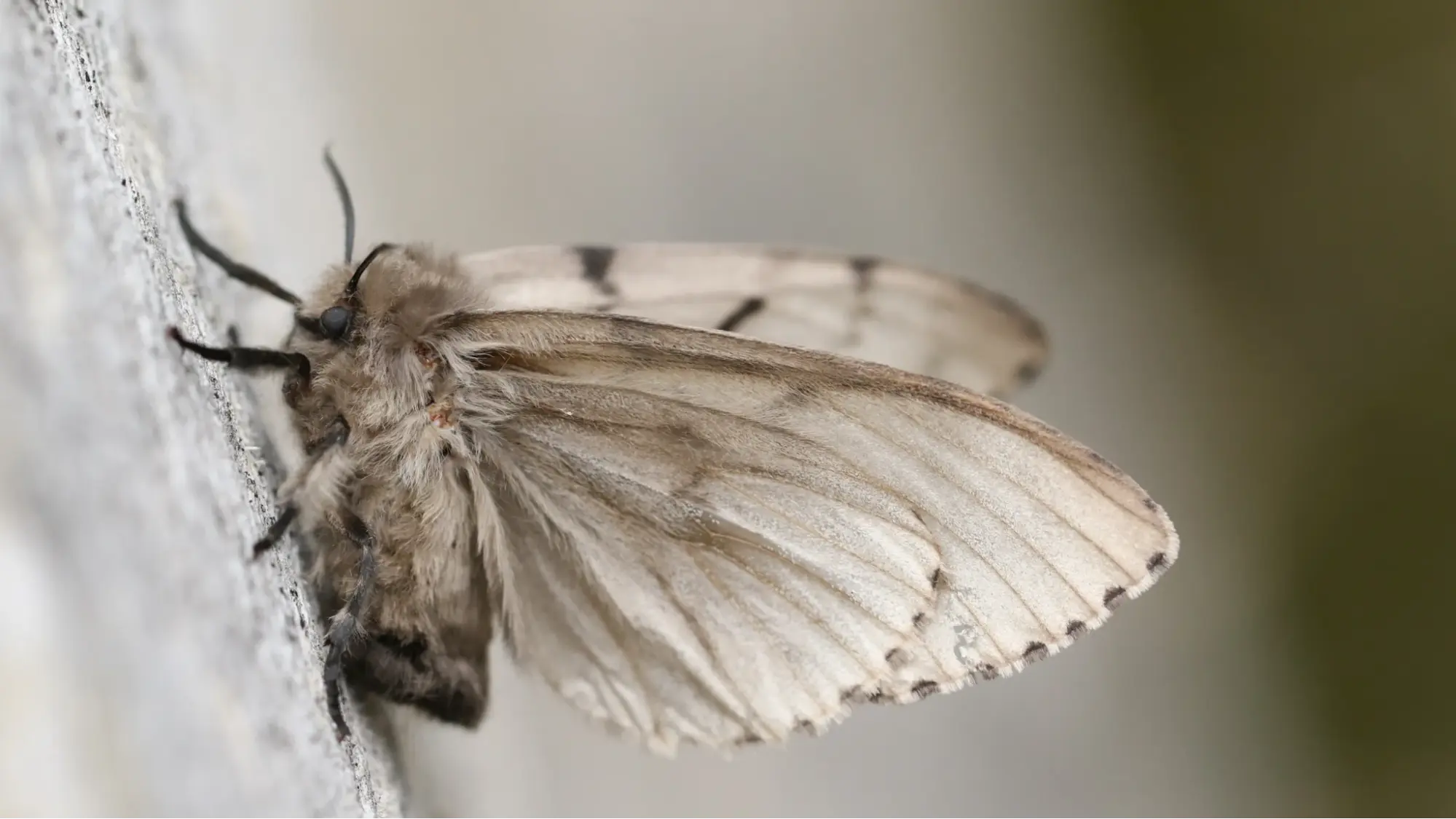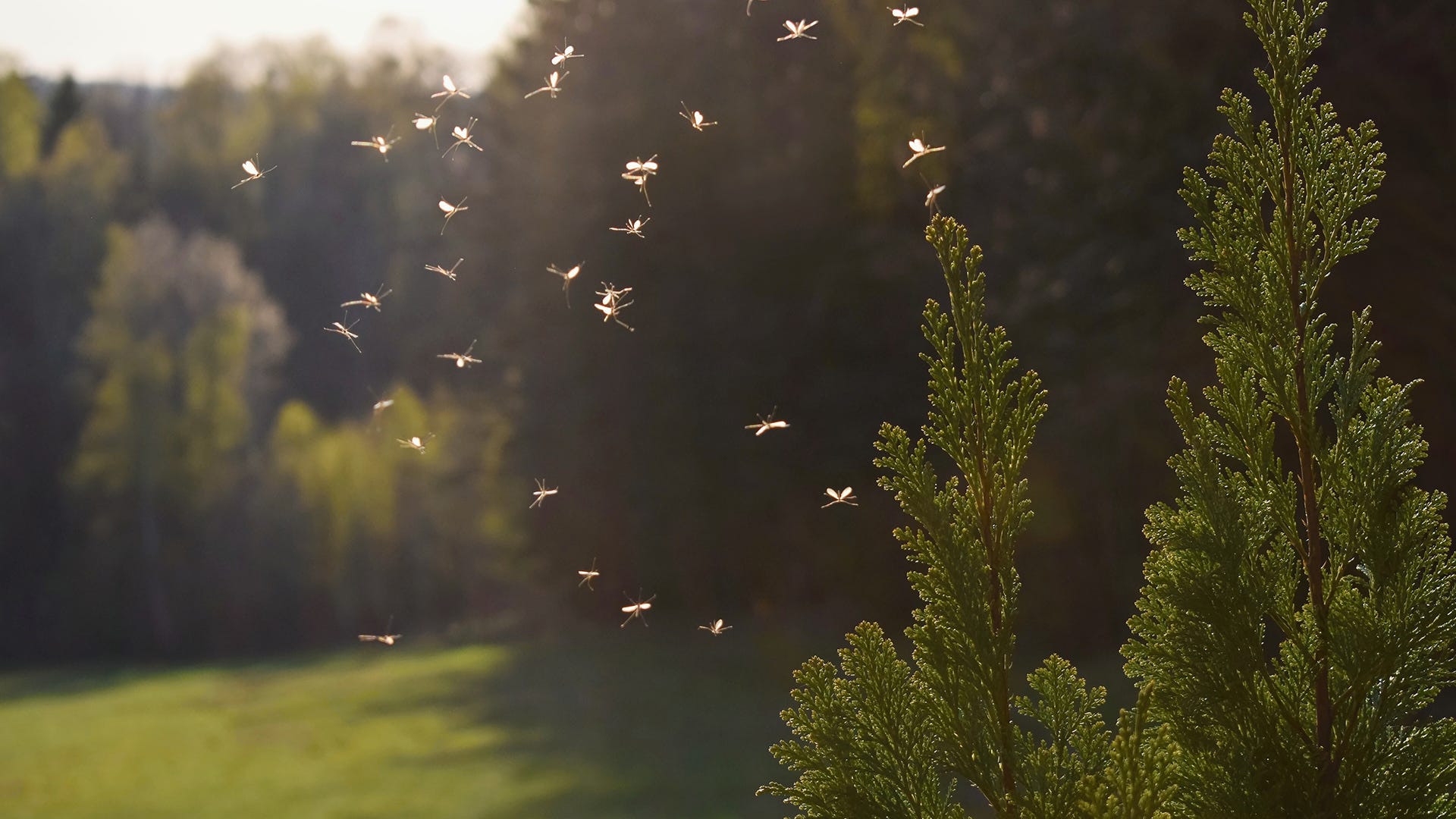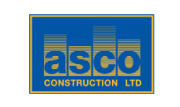Home owners and business owners choose to contact arborists for tree risk assessment for a number of reasons. Trees may become weak or unstable over time. If you find that some of your trees pose a risk to people or properties – take advantage of tree risk assessment service as soon as possible.
It’s a great idea to check your trees before severe storms. You should also use tree risk assessment service if you have moved to a new home and want to ensure that all of trees on your property are safe. In this blog, we’ll provide you with insights into tree risk assessment and tree risk management.
Table Of Contents
Identifying the Level of Tree Risk
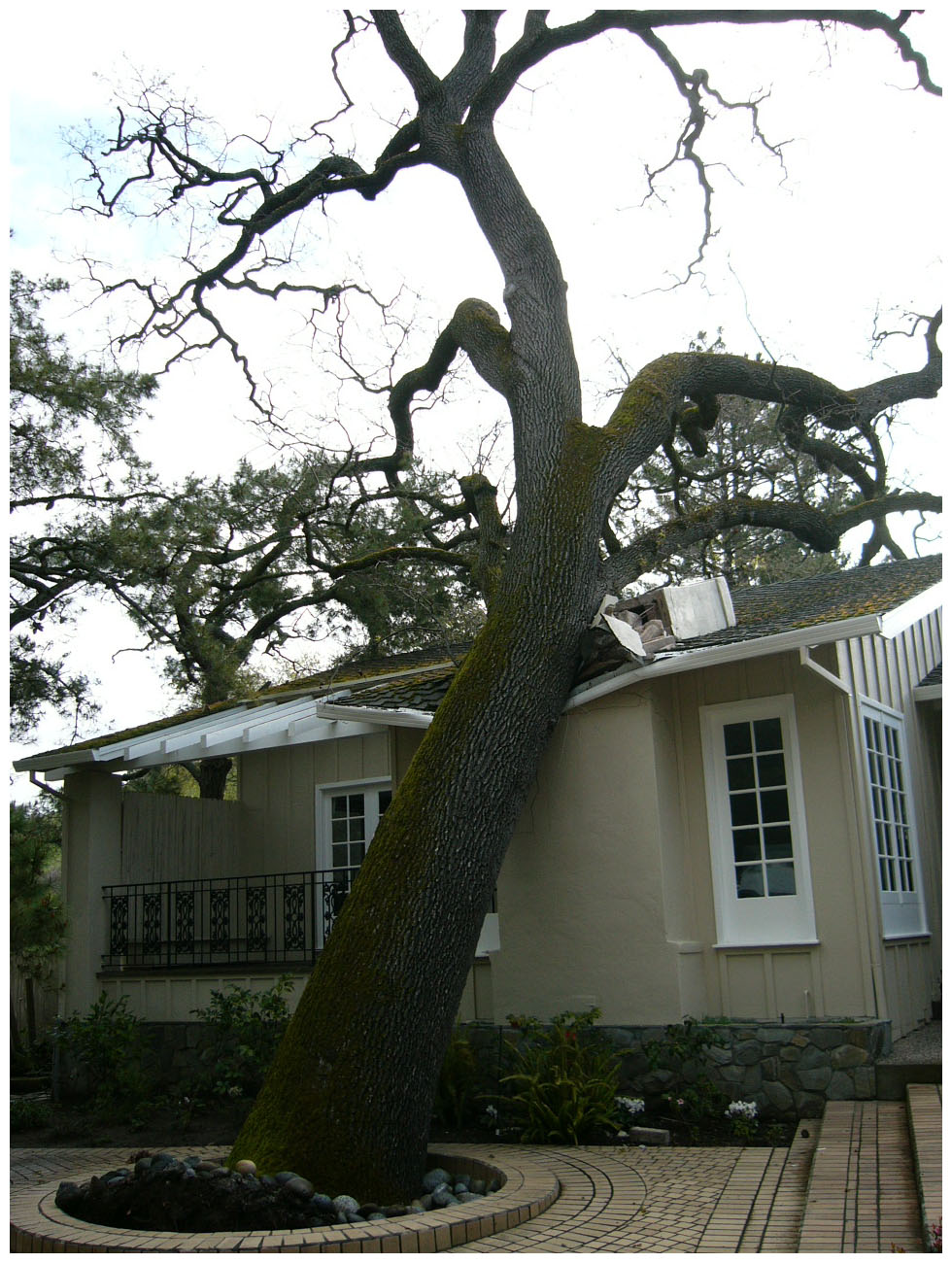
During the inspection a tree risk assessor will analyze all of trees on your property carefully and identify the potential risk. Trees can fall into different categories depending on the level of risk. There are low-risk trees, moderate-risk trees, high-risk trees and extreme-risk trees.
After identifying existing damage and potential risk, tree risk assessors will provide you with a report that describes the condition of your trees in detail.
A risk assessment report also includes recommendations for reducing the risk of problematic trees.
Finally, you’ll need to take preventing measures to reduce the risk of trees on your property. Tree risk assessments and preventive tree care will help you avoid a lot of problems and save you a lot of money.
What Needs to be Done to Reduce or Eliminate Tree Risk?
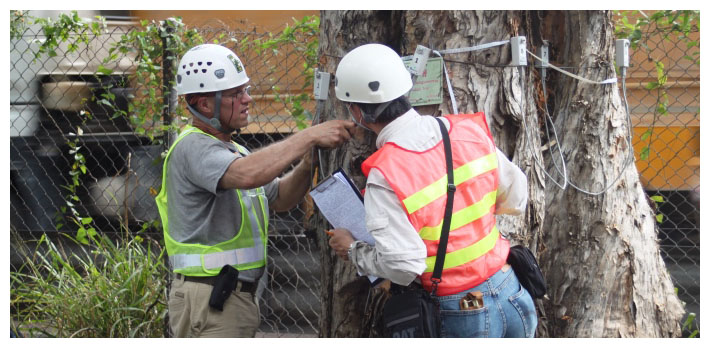
When you are dealing with problematic trees you’ll need to restrict the access to target zone first. Depending on the level of tree risk you’ll have several options. After analyzing your situation carefully, tree risk assessors will recommend you the appropriate solution.
In most cases, problematic trees have to be either removed or pruned. When pruning is done dead, dying and weakly attached branches are cut off a tree. As a result, tree risk reduces significantly. Pruning also helps save a tree. However, if pruning doesn’t help solve a problem then a tree has to be removed.
You can also take advantage of structural support systems (such as cables, braces, guys and props) to save a tree and minimize its risk. Structural support systems limit movements of certain tree’s parts.
Extreme risk trees and high risk trees have to be removed or pruned immediately. If tree risk is moderate then it makes sense to try to save a tree. Moderate risk trees need to be either pruned or monitored. If tree risk is low, no actions need to be taken. Low risk trees have to be monitored on a regular basis.
How Frequently Tree Risk Assessment Is Done?
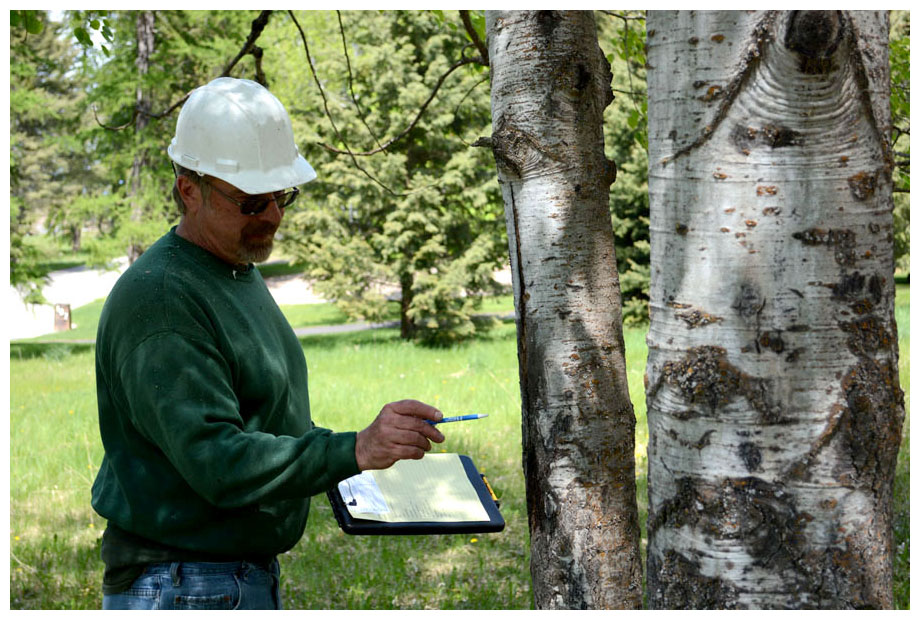
The conditions of a tree may change over time. That’s why tree risk assessment needs to be done on a regular basis. After a tree has undergone the initial risk assessment the tree safety inspection may need to be repeated.
Tree safety inspection frequency depends a lot on the level of risk and the age of trees. In general, trees have to be inspected once per 1 – 5 years. Moderate risk trees are inspected once per 3 – 5 years. High risk trees are inspected once per 1 – 2 years. Trees with structural weakness need to be inspected immediately after storm.
Contact us today to schedule a tree risk assessment with our highly trained and experienced arborists. Tree Doctors Inc also offers a full range of tree care services to help you reduce potential risks. From tree removal to expert pruning, our certified arborists are dedicated to keeping your property safe and well-maintained
